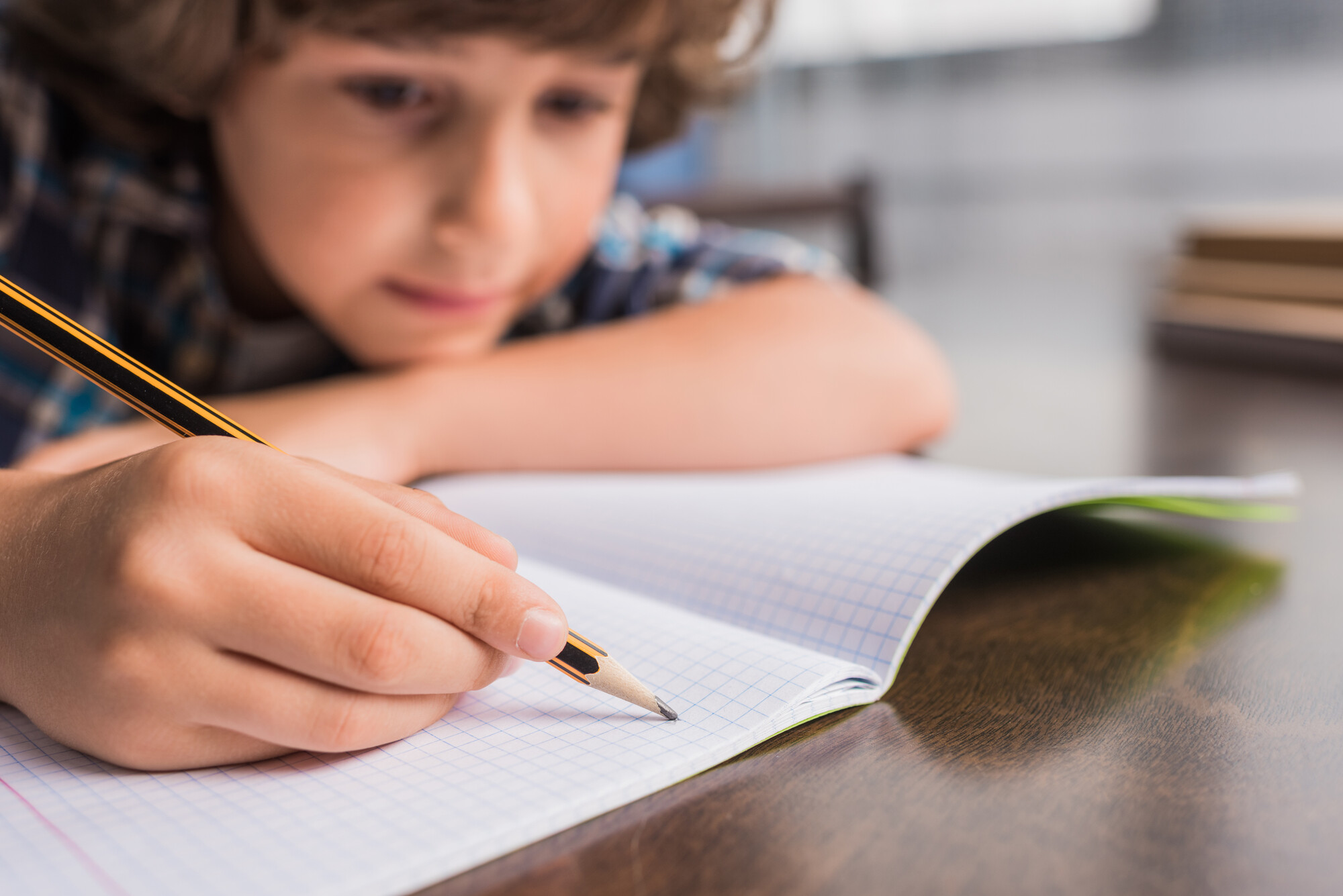Tips for beautiful handwriting
Focus on fine motor skills
The kids are finally back at school after the summer holidays (in Australia) and everyone can get back into the routine of our busy lives. It is weird how that can almost feel like a relief!?! A common concern in my practice at this time of year parents want tips for beautiful handwriting for their kids: ‘It looks messy and rushed, as if she doesn’t put in any effort’.
Parents make the assumption that after six weeks with no writing, as the kids have had fun swimming, riding bikes and spending time on their electronic devices, they are out of practice and as a result have weak hand and finger muscles. So parents are looking for specific exercises to help their kids improve their writing skills, something to increase hand and finger strength like playing with play dough, squeezing soft balls in their palms and between the fingers, finger tapping, resisted finger movements with rubber bands and the like.
And those exercises are all great and can make a big difference in the strength and stamina of the fingers and help with the forming of neat looking letters on paper.
However, to get the best and longer lasting results, we have to look at a much bigger picture: Fine motor skills, specific small muscle movements, pencil grip and our ability to manipulate tiny objects with precision are obviously tasks which require much more control and ability than for example waving and hand clapping. Our fine motor skills develop out of our core strength and posture, overall gross motor movements, shoulder stability and strength and arm movements and control. We develop from the inside and out.
Babies are born with the ability to reflexively move. As they consciously learn to control their movements, they learn to lift their head up, control their core and roll over. They figure out how to bring their hands to the midline and put their toes in the mouth. Then they learn to pick up a toy and transfer it from one hand to another, pick up tiny cockroaches and pieces of fluff between thumb and index finger and finally hold a crayon and texta to produce art master pieces. Each skill is built on the mastery of the one before.
When we look at improving at fine motor skills required for hand writing, we may get much better and more permanent results if we go back to the base of that motor development: Making sure the primitive reflexes are all integrated, that we have excellent core strength and control, that our shoulder girdle is strong and flexible, that our arm muscles are strong and moved regularly to stimulate and support the hand for control. And we want that strength and support on both sides, not just the dominant hand side.
I explain to parents that the best tips for beautiful handwriting for their child is to focus on movement:
Encourage the kids to get outside and play: climb trees, master cartwheels, swing through the jungle gym, crawl through small places, run like mad, swim, surf, do jumps on the bike, build a go-cart (No Dad – not you on the tools!) and pull it up to the top of the hill and push your brother along the bumpy path.
Indoor activities could be wrestling with dad, playing wheel barrows, doing push ups and walking like a bear on hands and feet with the bottom in the air. In reality, for parents, it comes back to providing inspiration and opportunities for their kids to build strength, stamina and flexibility in a fun, ‘no-stress’ way. Exercise doesn’t have to be taken seriously, just regularly!



